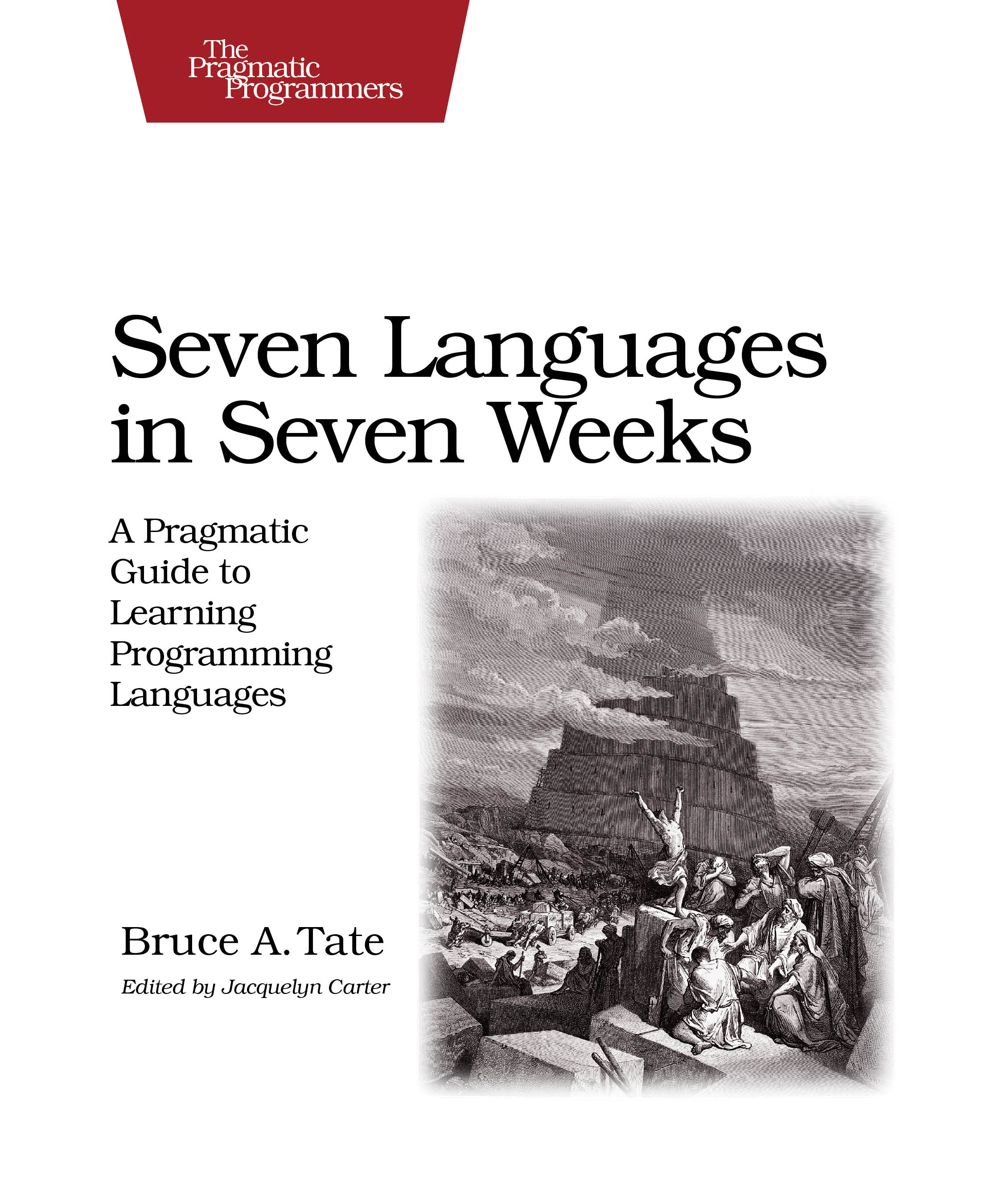The first few points the book asks me to "Find" is a list of resources. It is as follows:
- The Ruby API
- The free online version of Programming Ruby: The Pragmatic Programmer's Guide
- A method that substitutes part of a string (Since EVERYTHING in Ruby is an object, I think if I try assigning a string and then calling
.methodson it, I can find this method. Though looking it up online might be faster) - Information about Ruby's RegEx (Ruby fully supports RegEx)
- Information about Ruby's ranges (A Range object represents a collection of values that are between given begin and end values i.e
(1..4).to_a # => [1, 2, 3, 4])
Here are the results of my findings:
Ruby API: Some String methods modify self. Usually if it ends with ! the method will modify self and return self. A similarly named method without the ! will return a new string. Usually a method with a bang mutates, and without a bang does not. However, string#replace does mutate.
Programming Ruby online book: It was written in 2000, and is quite dated. Will look for more string information. It talks about double-quoted or single-quoted strings. Double quoted strings allow for more escape sequences. using #{ expr } in a double quoted string will substitute the expression. Also introduced me to string.split (Can be passed a Regex expression to tell how the string should split), string.chomp (Returns string with given record separator removed), and string.squeeze (removes repeated characters).
The book also asks that I DO the following:
Print the string "Hello, World"
For the string, "Hello, Ruby" find the index of the word "Ruby" (str.Index returns index of first letter, in this case, 7)
Print my name ten times (Used while loop)
Print the string "This is sentence number 1" where the number increases from 1 to 10
Run a Ruby program from a file (run
ruby FILE_NAMEfrom cmd in directory where file is)Write a program that picks a random number, let player guess the number and tell the player whether the number is too low or too high.
![[Pasted image 20230510201100.png]]
#Ruby #Strings #Loops
